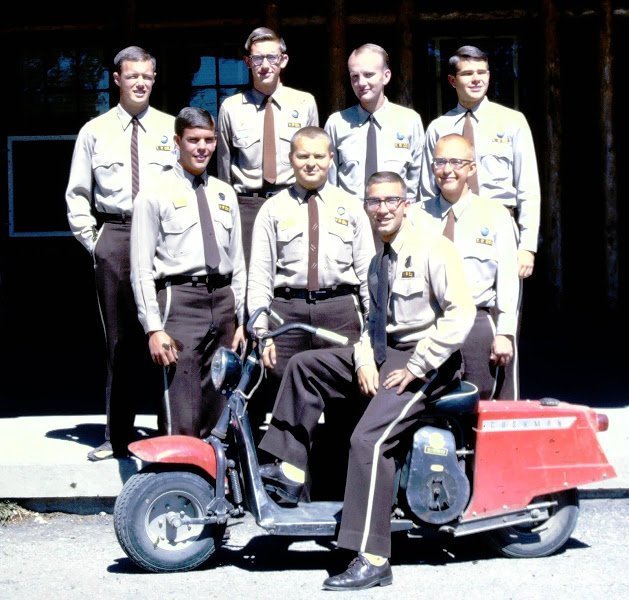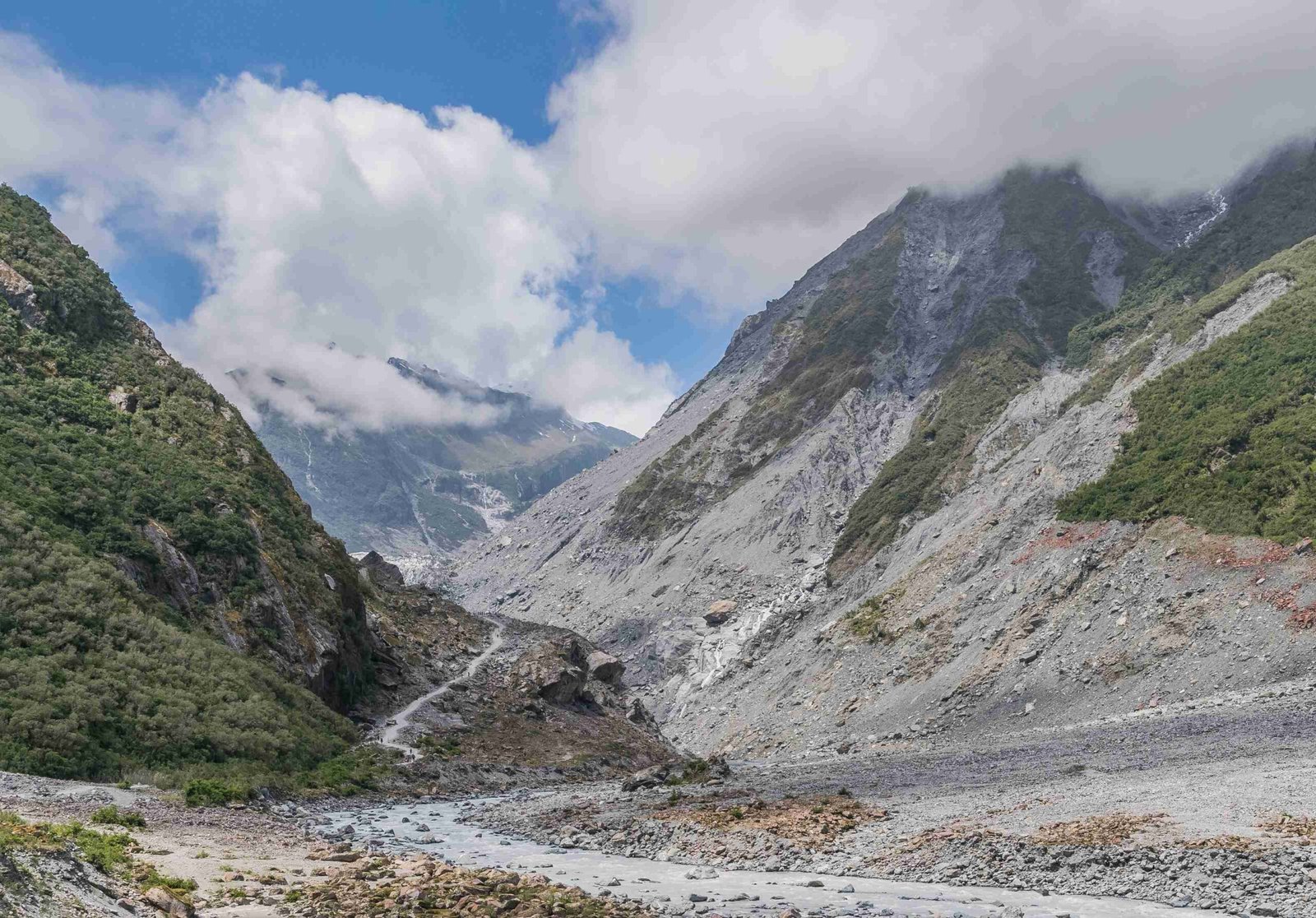The Belly River in Glacier National Park is a pristine wilderness area known for its stunning landscapes, diverse wildlife, and excellent hiking opportunities. Located in the northeastern part of the park, the Belly River Valley offers visitors a chance to explore lush forests, crystal-clear waters, and rugged mountain terrain. This guide provides detailed information about the Belly River Trail, camping facilities, fishing opportunities, and wildlife in the area, making it an essential resource for anyone planning to visit this remarkable part of Glacier National Park and its surrounding basin.
What is the Belly River Trail and Its Key Features?

The Belly River Trail is a popular hiking route in Glacier National Park that offers visitors a chance to experience the beauty of the park’s northeastern region. Here are some key features of the trail:
Trail Length and Elevation
- Total roundtrip distance: 12.2 miles
- One-way distance to Belly River Ranger Station: 6.1 miles
- Elevation gain: 915 feet
- Average elevation gain per mile: 150 feet
Trail Conditions
The Belly River Trail presents diverse conditions throughout its length:
- Dense forest of lodgepole pine at the beginning
- Transition to mixed evergreens and aspens near the river
- Potential for muddy sections after rain
- High mosquito presence in late spring and early summer
- Multiple creek crossings
- Shaded and open areas
Notable Landmarks
As you hike the Belly River Trail, you’ll encounter several significant points of interest:
- Long suspension bridge over Belly River (approx. 2.25 miles from trailhead)
- Intersection with Gable Pass Trail
- Junction with Cosley Lake Cutoff Trail
- Connection to Lee Ridge Trail
- Access to Elizabeth Lake (beyond the ranger station)
Where Can You Camp Along the Belly River?

Camping in the Belly River area provides an immersive wilderness experience. Here’s what you need to know about camping options:
Gable Creek Backcountry Campground
- Location: Near Belly River Ranger Station
- Distance from trailhead: 6.1 miles
- Reservation required: Yes, through park’s backcountry office
Campsite Amenities
Backcountry campsites in the area typically offer:
- Fire pits
- Restroom facilities
- Nearby water sources (treatment/filtration required)
What Are the Fishing Opportunities in the Belly River?
The Belly River offers excellent fishing opportunities for anglers visiting Glacier National Park:
Fish Species
Anglers can expect to find a variety of fish in the Belly River, including:
- Rainbow trout
- Brook trout
- Lake trout
- Arctic grayling
- Whitefish
Fishing Regulations
Before casting your line, be aware of the following regulations:
- Valid Montana fishing license required
- Specific catch limits and gear restrictions apply
- Check park website or visitor centers for up-to-date information
Best Fishing Spots and Conditions
| Location | Best Time | Notes |
|---|---|---|
| Meadow sections | Late summer | Water levels drop, improving conditions |
| Elizabeth Lake area | Summer | Popular fishing destination |
| River in general | Late summer | Suitable for hopper fishing |
What Wildlife Can You Expect to See in the Belly River Area?
The Belly River area is home to a diverse array of wildlife, making it an excellent destination for nature enthusiasts:
Common Species
Visitors to the Belly River area may encounter:
- Bears (both grizzly and black)
- Wolves
- Elk
- Deer
- Moose
Best Times for Wildlife Viewing
To maximize your chances of spotting wildlife:
- Visit during early morning or late evening hours
- Focus on meadows and river valleys
- Be patient and observant
Safety Precautions
When exploring the Belly River area, follow these safety guidelines:
- Carry bear spray and know how to use it
- Make noise while hiking to avoid surprising animals
- Stay on designated trails
- Maintain a clean campsite
- Store food and trash properly
How Does the Belly River Contribute to Glacier National Park’s Ecosystem?
The Belly River plays a crucial role in the ecosystem of Glacier National Park:
Water Source
- Provides essential water for plants and animals
- Supports diverse aquatic life
Habitat Corridor
- Allows wildlife to move between different areas of the park
- Connects various ecosystems, from forests to alpine meadows
Biodiversity Hotspot
- Supports a wide range of plant and animal species
- Creates unique microhabitats along its course
What Are the Best Seasons to Visit the Belly River Area?
Each season offers a unique experience in the Belly River area:
Spring (Late May to June)
- Pros: Wildflowers blooming, fewer crowds
- Cons: Potential for lingering snow, high water levels
Summer (July to August)
- Pros: Warm weather, long daylight hours
- Cons: Busiest season, more mosquitoes
Fall (September to early October)
- Pros: Beautiful fall colors, fewer crowds
- Cons: Cooler temperatures, potential for early snow
Winter (November to April)
- Pros: Solitude, winter wildlife viewing
- Cons: Limited access, extreme weather conditions
How Can You Prepare for a Trip to the Belly River and Glacier National Park Basin?
Proper preparation is key to enjoying your visit to the Belly River area:
- Check current trail and weather conditions
- Obtain necessary permits and reservations
- Pack appropriate gear (hiking boots, layers, rain gear)
- Bring sufficient water and food
- Carry bear spray and know how to use it
- Inform someone of your itinerary
- Familiarize yourself with Leave No Trace principles
By following these guidelines and respecting the natural environment, you can have a safe and memorable experience exploring the Belly River and Glacier National Park basin.
References:
1. https://www.hikinginglacier.com/belly-river-ranger-station.htm
2. https://carlostrujillogerboles.squarespace.com/blog/belly-river-valley-glacier-national-park
3. https://www.glaciertoyellowstone.com/glacier-national-park/belly-river